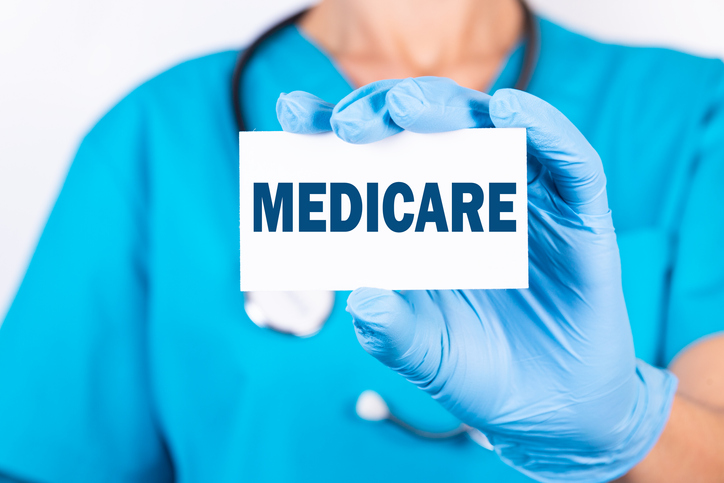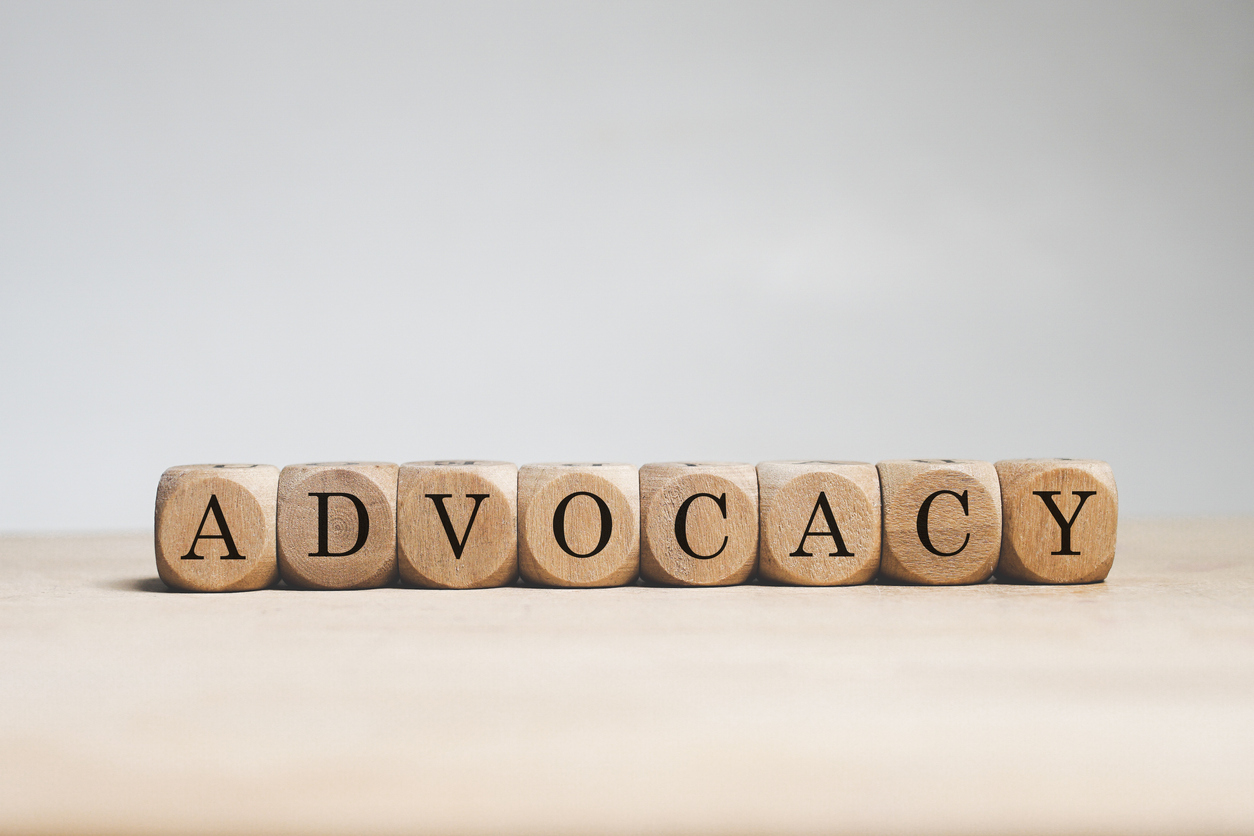Living with Chronic Pain
Private vs. Public Health Insurance Options in the United States

Health care insurance coverage options are categorized as either private or public. Eligibility for different health insurance plans often depends on a person’s employer, financial status and age. If a person is currently without health insurance, the Plan Finder provided by the U.S. federal government can assist them in finding a health insurance plan that best fits their individual needs and budget.
Private
Employer Sponsored
Many people obtain health insurance via their employers (a percentage of the premiums is paid by the employer). Managed care health insurance plans are the most often used in this situation. Managed care plans contract with health care providers and medical facilities to provide care at a reduced cost. The providers make up a network which determines how much will be paid. Managed care consists of three types:
- HMO — Health maintenance organizations pay for health care within the network. Primary care physicians within the network usually coordinate health care.
- PPO — Preferred provider organizations pay for part of health care costs outside of the network but pay more if an individual obtains care within the network.
- POS — Point of service plans let the individual choose HMO or PPO each time health care is needed.
Self Insured
Individuals can also purchase health insurance on their own either privately or through the marketplace in each state.
Public
Affordable Care Act — Marketplace
Each state has a marketplace in which individuals can choose their own health care plans. Each person must weigh the benefit level and deductible amount to determine which insurance is the best fit for them. The levels of benefits are categorized as bronze, silver, gold and platinum.
- Platinum covers 90% of medical costs
- Gold covers 80% of medical costs
- Silver covers 70% of medical cost
- Bronze covers 60% of medical costs
Individuals under 30 years of age may choose a high-deductible, catastrophic plan. A catastrophic policy pays after the individual has paid the out-of-pocket high deductible. This plan also covers the first three primary care visits and preventive care even if deductibles have not been met yet.
Medicaid
Individuals with low income may qualify for Medicaid, which is government funded health insurance. Certain criteria need to be met in order to obtain Medicaid services, including age; pregnancy; disability; blindness; income and resources; U.S. citizenship and/or immigration status. Although each state has its own regulations, the federal government sets general guidelines for Medicaid. Individuals must check with the state in which they reside for specific eligibility requirements.
Medicare
Individuals over 65 years of age or with disabilities may qualify for Medicare. Medicare is a U.S. government health insurance program. Although all medical expenses may not be covered, Medicare helps with the cost of health care. This program consists of the following four parts:
- Part A — Hospital Insurance
- Part B — Medical services not covered under Part A
- Part C — (Medicare Advantage) If an individual has both Parts A and B, they can choose this option to receive health care through a private organization (HMO or PPO).
- Part D — Prescription drug coverage


















